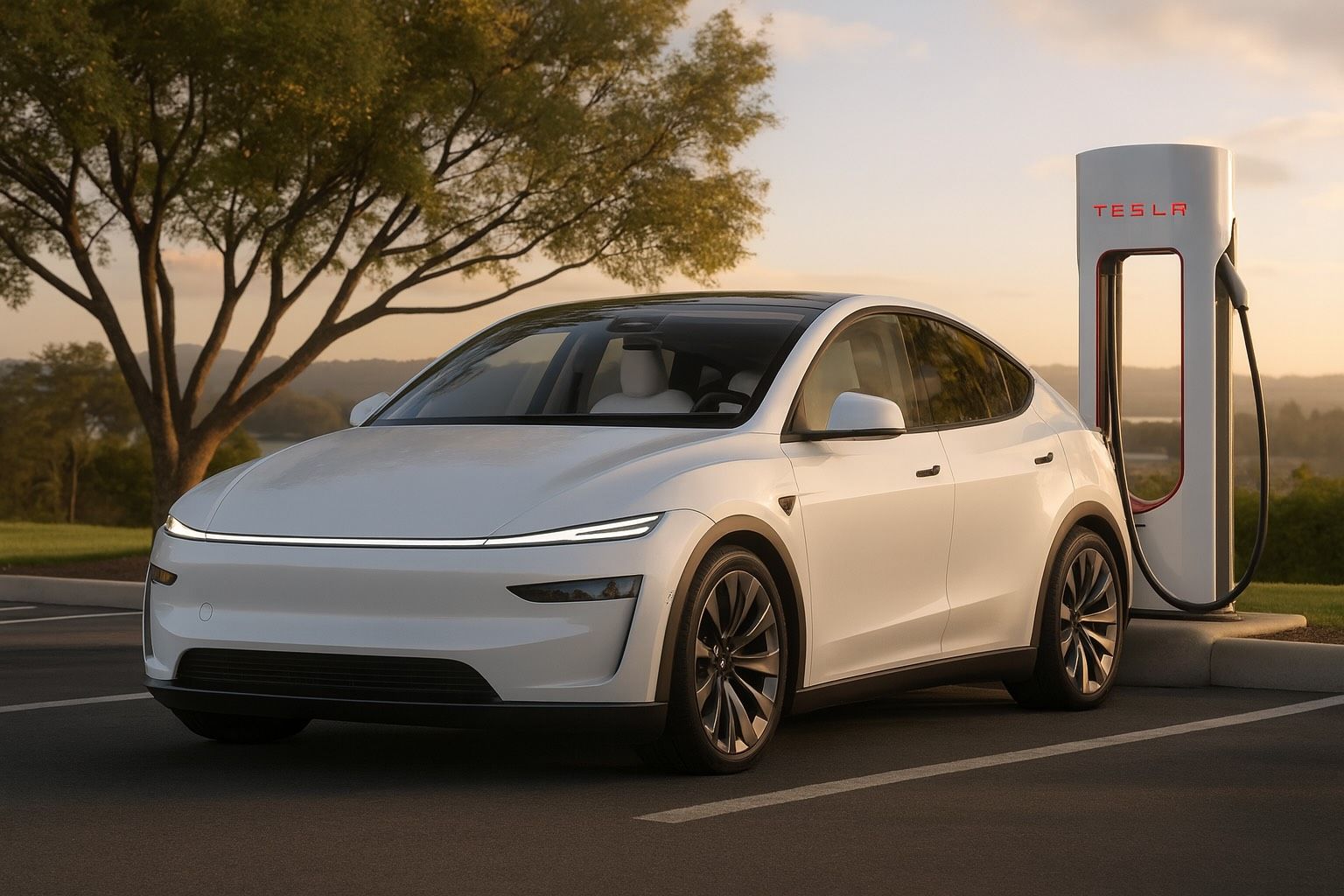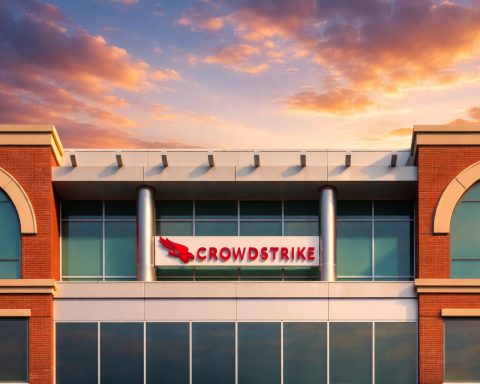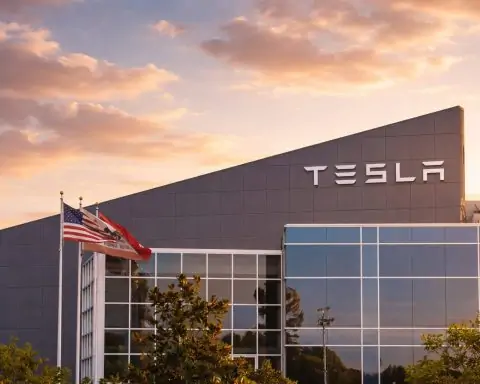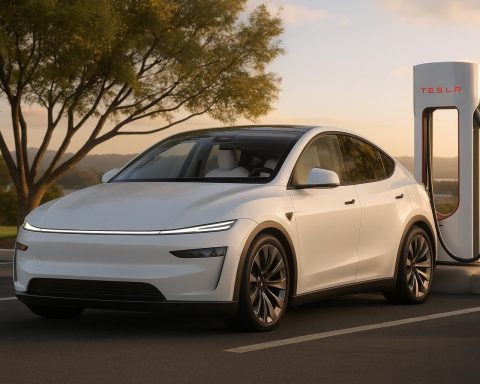AUSTIN, Texas — November 7, 2025 (updated)
Key points
- Shareholders approved Elon Musk’s new performance‑based compensation plan—described as worth up to $1 trillion over ten years—at Tesla’s annual meeting in Austin on Thursday; more than 75% of votes were in favor, making it the largest potential CEO payout on record. [1]
- The award pays out only if Tesla meets 12 escalating market‑cap targets (to $8.5T) and a set of operational/financial milestones tied to robotaxis, humanoid robots, vehicle deliveries, Full Self‑Driving subscriptions, and adjusted EBITDA performance. [2]
- xAI vote: A non‑binding majority of shareholders supported authorizing Tesla to invest in Musk’s AI startup, xAI; the board said it will examine next steps amid notable abstentions. [3]
- Board & governance: Investors re‑elected directors Ira Ehrenpreis, Joe Gebbia, and Kathleen Wilson‑Thompson; other governance items (like de‑classifying the board/eliminating supermajority rules) were also on the ballot. [4]
- The vote follows years of legal wrangling over Musk’s voided 2018 award in Delaware; Tesla’s appeal of that ruling is now before the Delaware Supreme Court, while the company has re‑incorporated in Texas. [5]
What just happened
Tesla shareholders handed Elon Musk a resounding victory, approving a new, decade‑long performance plan with potential value described as up to $1 trillion—a record scale in corporate pay if all hurdles are met. The meeting crowd in Austin heard the results Thursday; more than three‑quarters of votes backed the package. Markets and governance watchers immediately labeled it the largest potential payout in history, underscoring investors’ bet on Musk’s AI‑and‑robotics vision for Tesla. [6]
Separately, shareholders gave a non‑binding green light for Tesla to consider an investment in xAI, Musk’s AI startup. Tesla said the board will evaluate the outcome, noting a significant number of abstentions—a signal of both enthusiasm for AI upside and concern about related‑party governance. [7]
How the plan works: 12 tranches, steep targets
According to Tesla’s proxy details and Reuters’ breakdown, the award comprises up to ~423.7 million performance-based restricted shares (about 12% of current shares), split into 12 equal tranches. Each tranche can be earned only when paired market‑cap and operational milestones are met; vesting then occurs on a 7.5‑ to 10‑year schedule from the program’s Sept. 3, 2025 start. Musk must remain CEO (or an approved executive role) at vest to receive the shares. Unmet goals are forfeited. [8]
Market‑cap ladder (must be “sustained” on 30‑day and six‑month averages): starts at $2T, rises in $500B steps, and tops out at $8.5T. Operational/financial milestones include (among others):
- 20 million Tesla vehicles delivered (cumulative),
- 1 million driverless robotaxis in commercial service (sustained over three months),
- 1 million Optimus humanoid robots delivered,
- 10 million paid Full Self‑Driving subscriptions (three‑month average), and
- profit hurdles measured by adjusted EBITDA, culminating in $400B across four consecutive quarters. [9]
If all tranches are ultimately earned and vested, Musk’s ownership could approach roughly a quarter to nearly 30% of Tesla, further reinforcing his influence over strategy. [10]
Other votes from the meeting
- xAI authorization (advisory): A majority approved the idea; Tesla said the board will examine the “amount and form” of any investment, given the abstentions and potential conflict‑of‑interest concerns. [11]
- Board seats: Shareholders re‑elected Ira Ehrenpreis, Joe Gebbia, and Kathleen Wilson‑Thompson to Tesla’s board. [12]
- Governance proposals: Items such as de‑classifying the board and eliminating supermajority voting were on the ballot, reflecting long‑running shareholder efforts to simplify Tesla’s voting rules. (Final tallies for every proposal were not immediately detailed by the company at publication time.) [13]
Why this is controversial
Some of the world’s biggest investors and proxy advisers opposed the package—citing scale, dilution, and concentration of power—even as retail shareholders and high‑profile bulls rallied behind Musk. Norway’s $2.1T wealth fund (NBIM) said it would vote no, and ISS/Glass Lewis also recommended against. CalPERS voiced opposition as well. Yet the proposal still cleared the bar with ease. [14]
Tesla’s board argued that retaining and focusing Musk is essential as the company pivots beyond EVs into autonomy, AI chips, robotaxis, and humanoid robots—and warned that rejecting the plan risked Musk walking away. Thursday’s vote amounts to shareholders endorsing that strategy. [15]
The legal backdrop: Delaware vs. Texas, and the 2018 award
The new plan arrives while Tesla’s 2018 pay package—once estimated at $56B—remains the subject of an appeal. A Delaware judge voided the 2018 arrangement in January 2024, later rejecting a ratification attempt; Tesla is now asking the Delaware Supreme Court to restore it. Meanwhile, Tesla shifted its legal home to Texas, where shareholder challenges are generally harder to bring. None of that directly blocks the new, Texas‑governed plan approved this week. [16]
Market reaction
Following the vote, Tesla shares were choppy in after‑hours trading and hovered near ~$445, as investors digested both the ambition of the targets and the signal that Musk intends to focus on Tesla’s AI and robotics push. [17]
What Musk must do to actually earn the payout
At a glance (examples from the milestone set):
- Lift market cap from roughly $1.1T at grant to $8.5T (with sustained thresholds).
- Deliver 20M vehicles (cumulative) and ramp robotaxis to 1M in service.
- Ship 1M Optimus robots and reach 10M paid FSD users (three‑month average).
- Hit escalating profit hurdles, culminating in $400B adjusted EBITDA over four straight quarters.
- Stay in role (CEO or approved executive) through 7.5–10 years for vesting; unearned tranches expire. [18]
What to watch next
- Board’s call on xAI: Expect a formal board review of the advisory xAI vote, with clarity needed on structure, amount, and conflict‑mitigation (e.g., independent committee, related‑party safeguards). [19]
- Product/news flow: Timelines for robotaxis (“Cybercab”), Optimus, and AI chips/fabs will be critical to investor confidence in the milestones. [20]
- Court calendar: A Delaware Supreme Court decision on the 2018 plan could reset legal precedent for mega‑awards—and color any future compensation design. [21]
FAQ
Is Musk getting $1T now?
No. The plan pays out only if Tesla hits market‑cap, operational, and adjusted‑EBITDA milestones over up to 10 years; tranches vest years later. [22]
How many shares are at stake?
Up to ~423.7 million performance‑based restricted shares, roughly 12% of the current share count, split into 12 tranches. [23]
Could Musk end up controlling Tesla?
If the award is fully earned and vested, Musk’s stake could approach ~25–30%, strengthening his voting power. [24]
Why did some big funds vote ‘no’?
Governance concerns (board independence, related‑party risks, sheer scale/dilution) drove opposition from NBIM and others, even as retail support proved decisive. [25]
What else did shareholders decide?
They approved an advisory xAI authorization (board will review) and re‑elected three directors (Ehrenpreis, Gebbia, Wilson‑Thompson). Additional governance items were on the ballot. [26]
Sources & further reading
- Reuters live coverage / news wrap confirming shareholder approval and significance. [27]
- AP News on the vote outcome, size, and investor split. [28]
- Reuters deep dive into the 12 milestones and vesting mechanics. [29]
- Business Insider on the xAI authorization vote and next steps. [30]
- Reuters on the Delaware appeal of Musk’s 2018 package and Tesla’s Texas shift. [31]
This article is optimized for Google News & Discover: clear headline, date, key takeaways, structured subheads, and authoritative sourcing.
References
1. www.reuters.com, 2. www.reuters.com, 3. www.businessinsider.com, 4. www.aol.com, 5. www.reuters.com, 6. www.reuters.com, 7. www.businessinsider.com, 8. www.reuters.com, 9. www.reuters.com, 10. apnews.com, 11. www.businessinsider.com, 12. www.aol.com, 13. www.reuters.com, 14. www.reuters.com, 15. www.reuters.com, 16. www.reuters.com, 17. apnews.com, 18. www.reuters.com, 19. www.businessinsider.com, 20. www.reuters.com, 21. www.reuters.com, 22. www.reuters.com, 23. www.reuters.com, 24. apnews.com, 25. www.reuters.com, 26. www.businessinsider.com, 27. www.reuters.com, 28. apnews.com, 29. www.reuters.com, 30. www.businessinsider.com, 31. www.reuters.com










